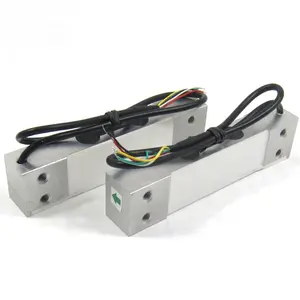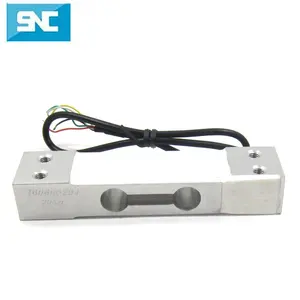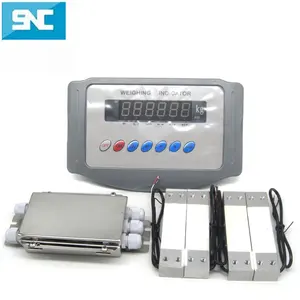Introduction to Load Cell Readout
A load cell readout is an essential component in the field of weighing technology, acting as the interface between load cells and users. It converts the analog signal received from the load cells into a digital format for easy reading and interpretation. From industrial applications to laboratory experiments, these devices provide accurate and reliable weight measurements. Their critical role in quality control, inventory management, and data collection underscores their importance across various sectors.
Types of Load Cell Readout
Load cell readouts come in several types, each tailored to specific applications and functionalities:
- Analog Load Cell Readouts: These devices typically use analog signals, displaying readings on a dial or analog gauge. They are straightforward and popular for basic applications.
- Digital Load Cell Readouts: Offering enhanced precision, digital readouts convert the load cell's output into digital signals, providing numerical displays that are easy to read. They often come with additional features like tare weight adjustments and data logging capabilities.
- Bluetooth/Wi-Fi Load Cell Readouts: These advanced models enable wireless connectivity to mobile devices or computers, allowing remote access to data and real-time monitoring.
- Multi-Channel Load Cell Readouts: Designed for heavier duty applications, these systems can display readings from several load cells simultaneously, making them ideal for complex weighing setups.
Applications of Load Cell Readout
Load cell readouts are utilized in diverse settings, reflecting their versatility:
- Manufacturing: Essential for quality assurance, these devices ensure products meet weight specifications, minimizing waste and ensuring compliance.
- Agriculture: Used to weigh livestock or monitor grain weights, enhancing farm management and production for better profitability.
- Laboratories: Crucial for precise measurements in experiments, load cell readouts help researchers maintain accuracy in their data collection.
- Logistics: In shipping and receiving departments, load cell readouts assist in inventory management, ensuring accurate weight for shipping and storage.
Features and Advantages of Load Cell Readout
Understanding the features and advantages of load cell readouts can help users make informed decisions:
- High Accuracy: Load cell readouts provide precise measurements, essential for applications requiring meticulous weight calibration.
- User-Friendly Interface: Most readouts feature intuitive displays and controls, allowing for easy operation even by those unfamiliar with weighing systems.
- Durability: Many models are designed to withstand harsh industrial environments, offering robust construction that ensures longevity.
- Versatile Connectivity: Advanced models offer options like USB, RS-232, and Ethernet connections, making integration into existing systems seamless.
- Data Management: Features such as data logging and analysis capabilities enable easy tracking of weight changes over time, beneficial for compliance and assessments.





































